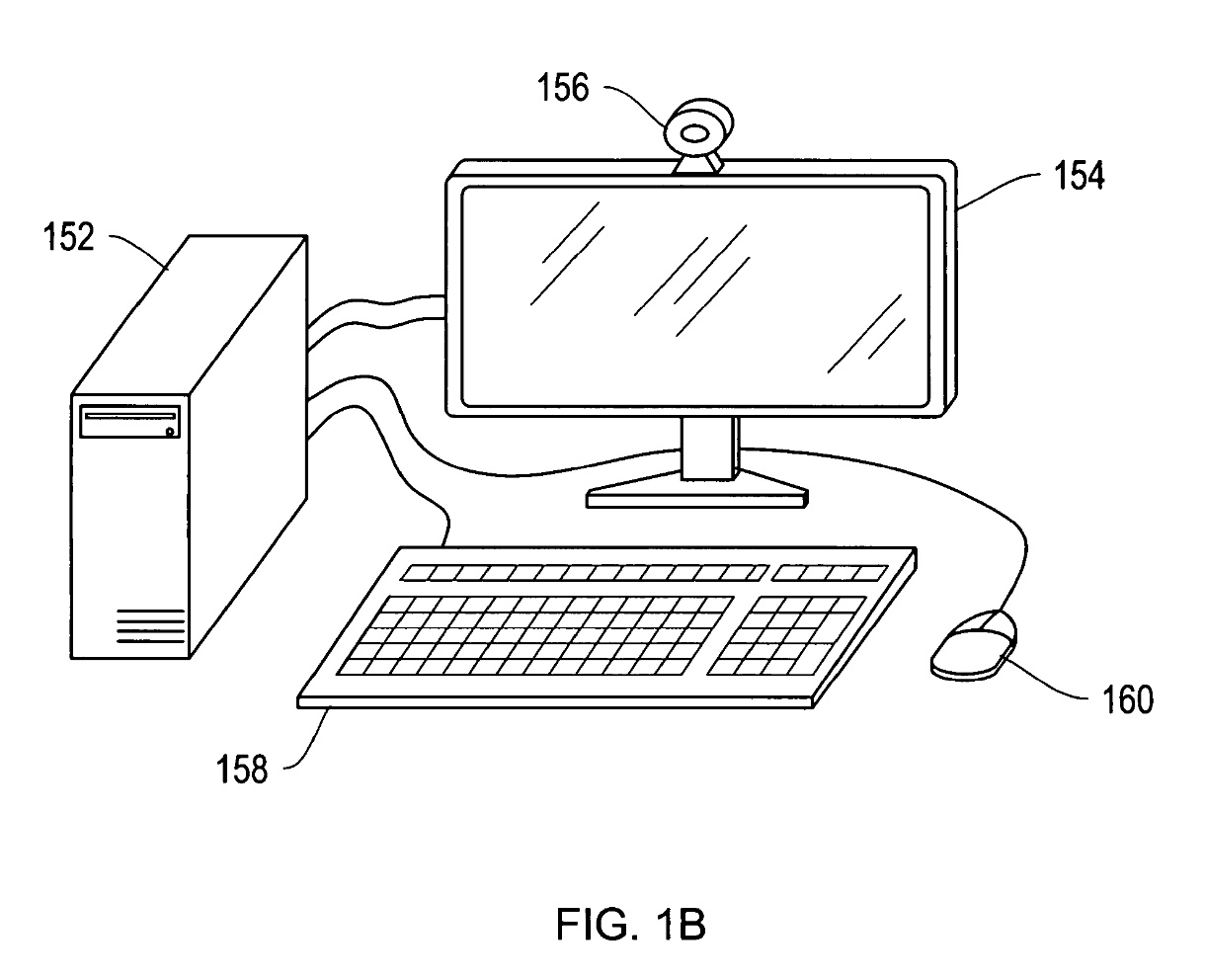
Newly granted patent hints that Face ID may finally come to the Mac : Tech Live Trends
Apple has been granted a patent (number US 11676373 B2) that hints that Face ID could be coming to the Mac. It’s dubbed “personal computing device control using face detection and recognition.”
Face ID is a facial recognition system designed and developed by Apple for the iPhone and iPad Pro. It’s a successor to Touch ID.
The new patent filing involves systems and methods for control of a personal computing device based on usr face detection and recognition techniques. So why do I think it involves the Mac?
In the patent, Apple specifically mentions “without limitation, desktop computers, laptop computers, portable computers, workstations, server interfaces, and handheld computers.” The tech giant says that, typically, users can actively or passively interface with a personal computing device.
Active interfacing may include typing words on a keyboard, saying words, scrolling through a list, using a mouse pointer to select an icon, pressing one or more control buttons, and any like active user interaction. Passive interfacing may include viewing a text file, viewing an image, viewing a movie, listening to a song, listening to audio, or feeling a vibration or motion.
However, Apple says that one problem with existing personal computing devices is that such devices often perform certain functions regardless of whether users are passively interfacing with the devices. In other words, personal computer devices are not able to determine whether a non-active or passive user is present and, subsequently, are unable to perform certain operations to accommodate the passive user.
For example, a personal computer may automatically activate a screen saver every five minutes regardless of whether a user is viewing the PC’s display screen. Thus, a passive user is often inconveniently required to actively perform an interaction with the computer at least every five minutes to prevent the initiation of the screen saver or to deactivate the screen saver after it is initiated. Apple says there’s a need for providing a user interface for a personal computing device that is capable of determining when a passive user is present without the need for active user interaction with the device.
Another problem with personal computing devices is that such devices often cannot efficiently determine whether certain users have the authority to perform certain functions of the personal computing device. For example, to access a restricted computer application, a user may be required to actively enter a password. Face ID could eliminate this step.


